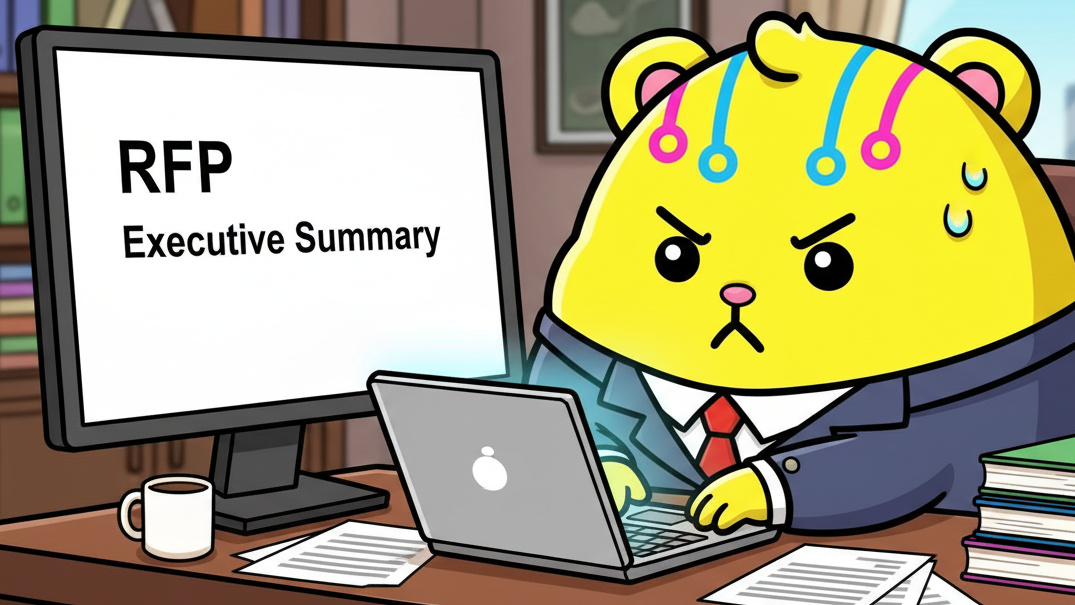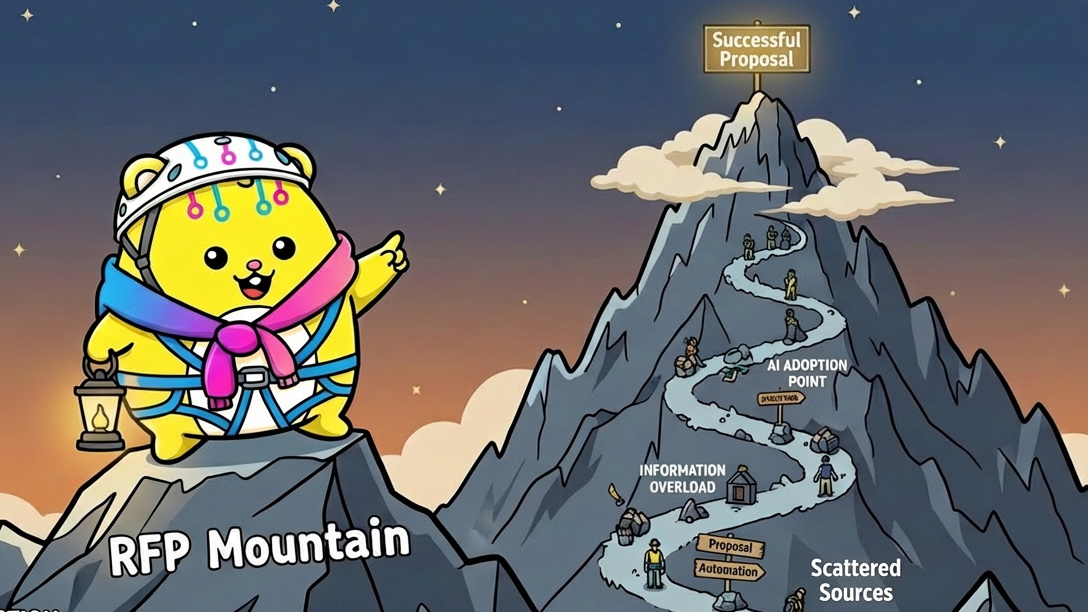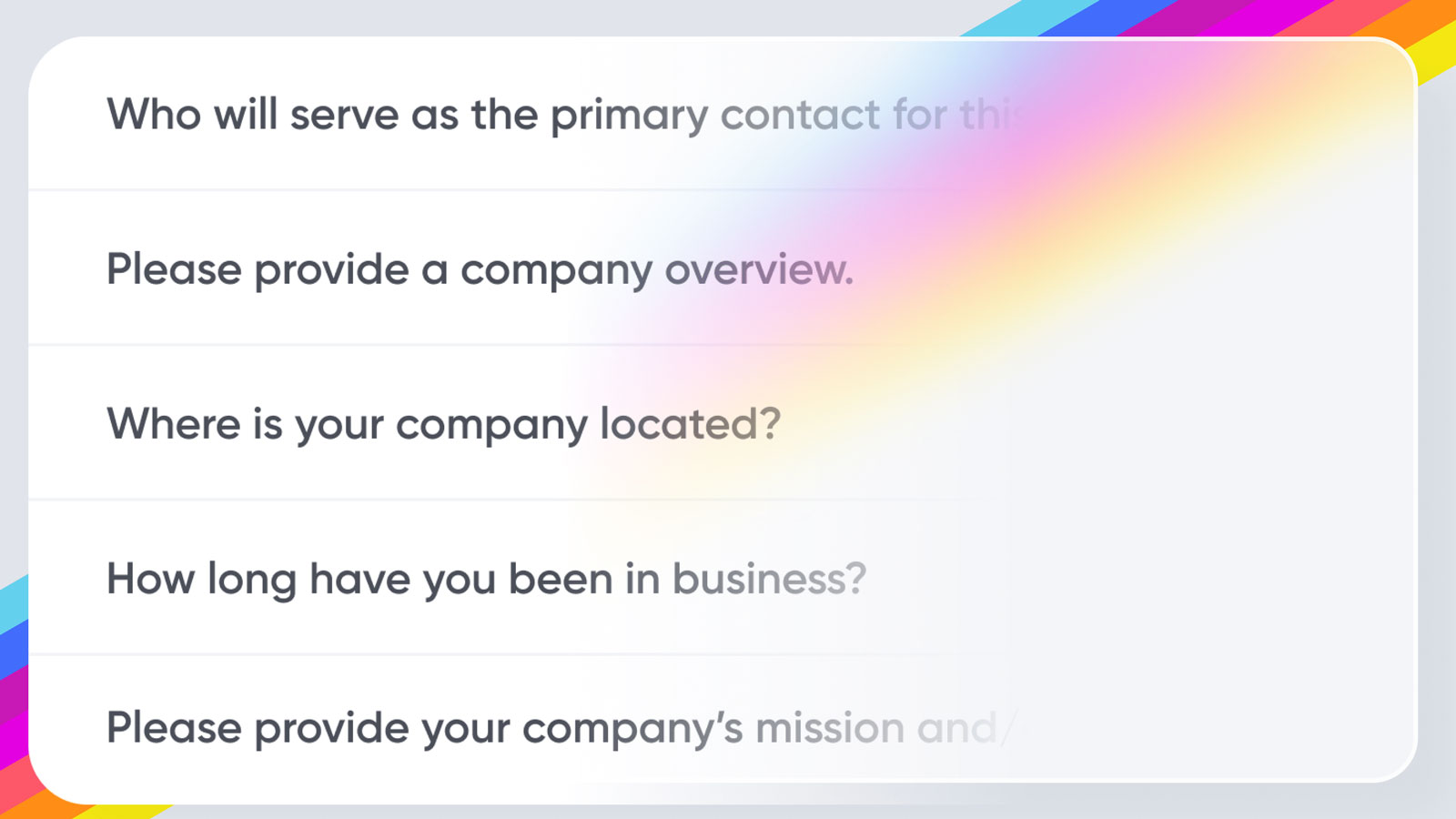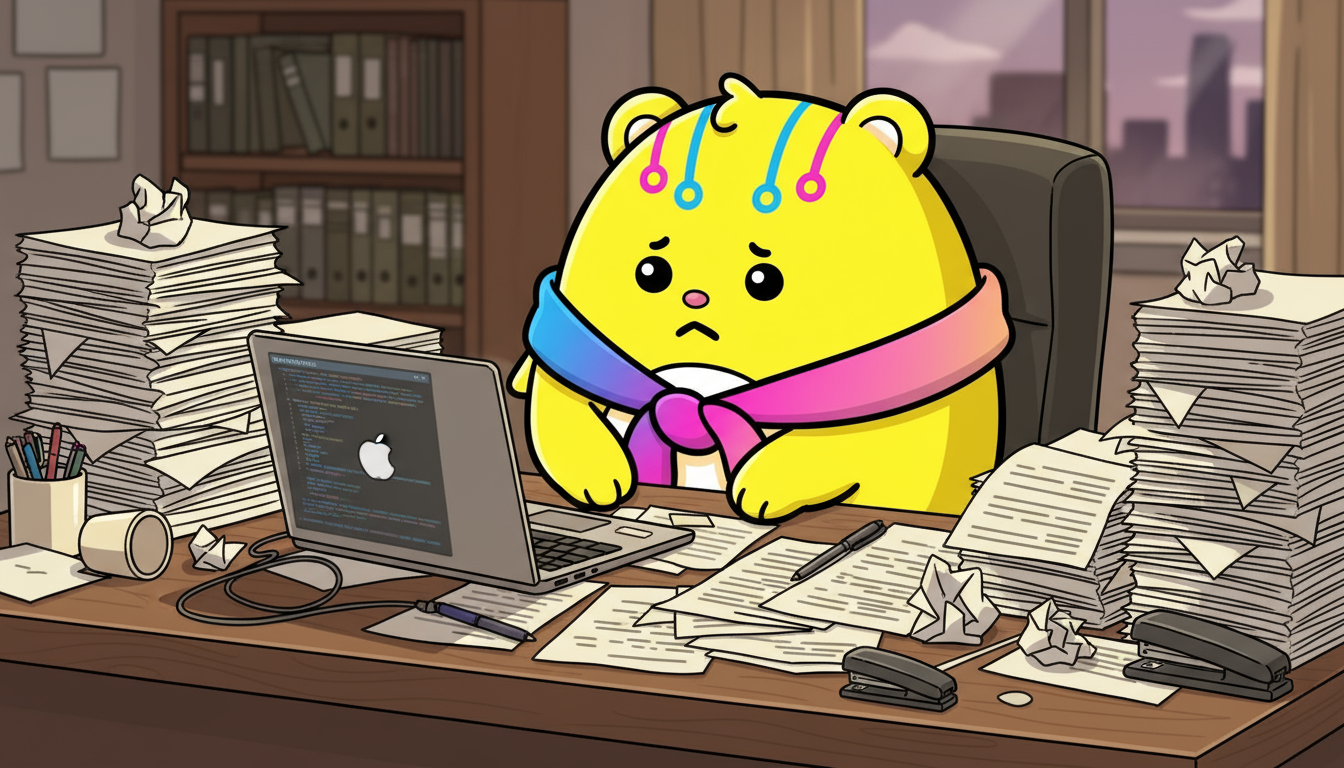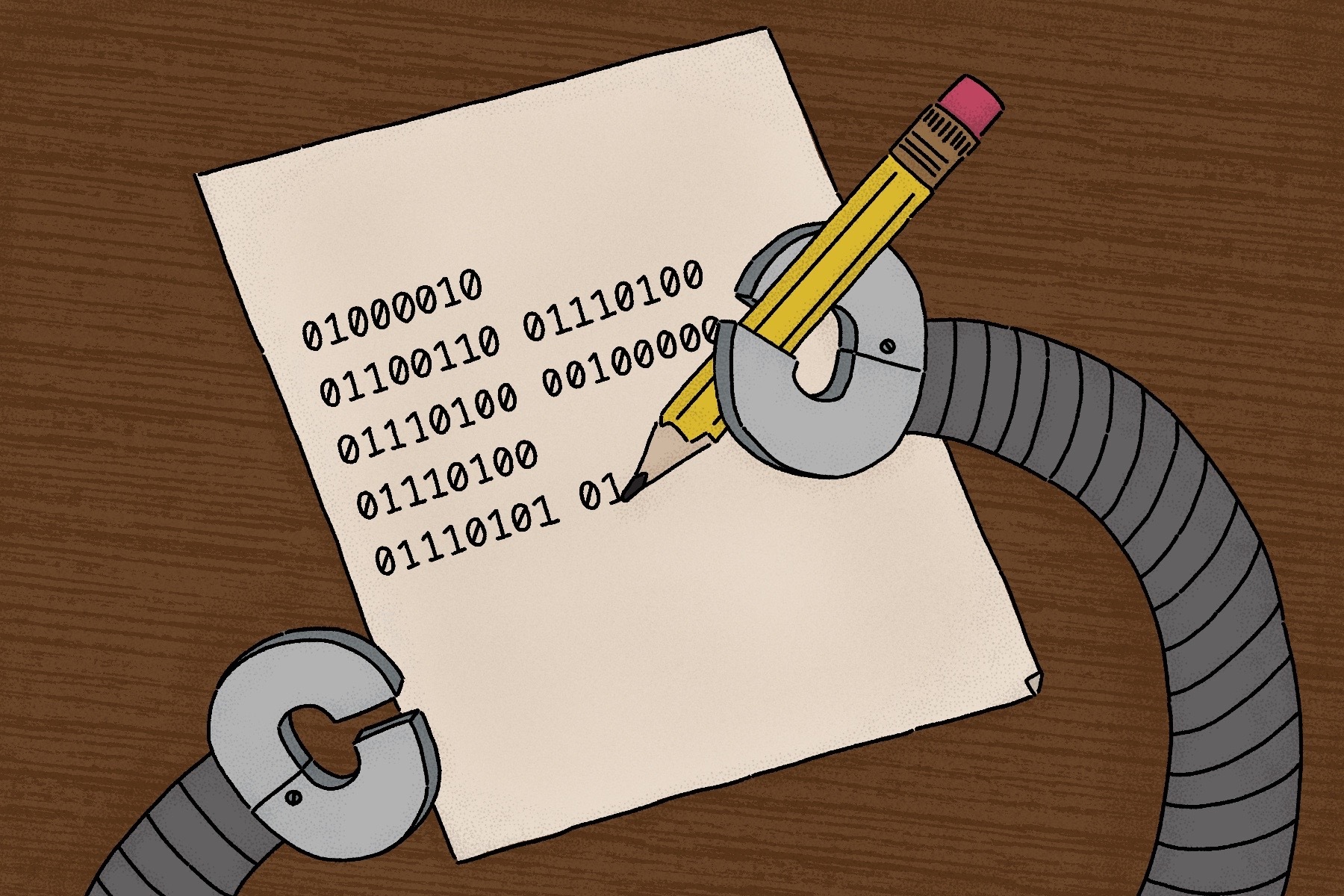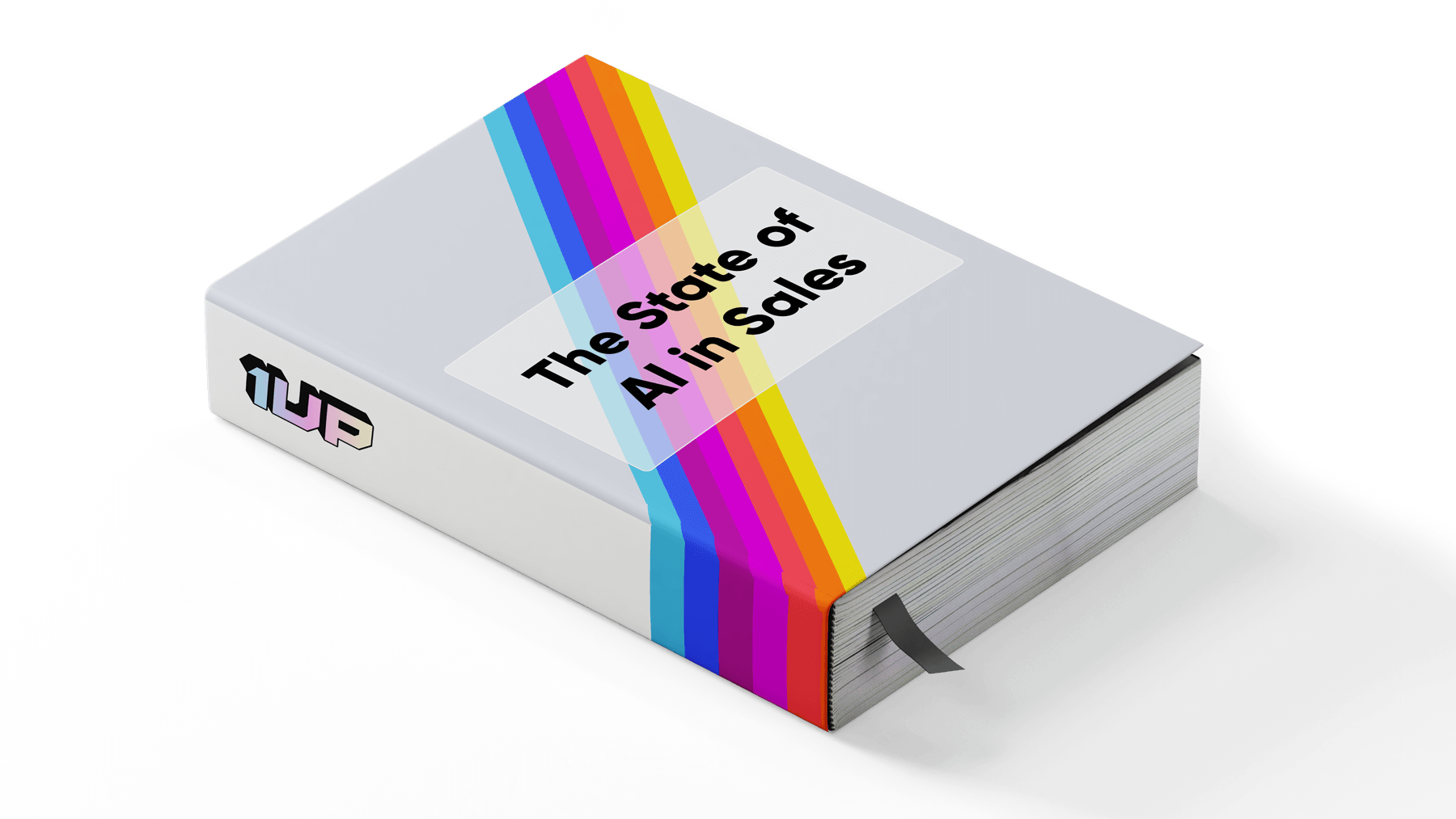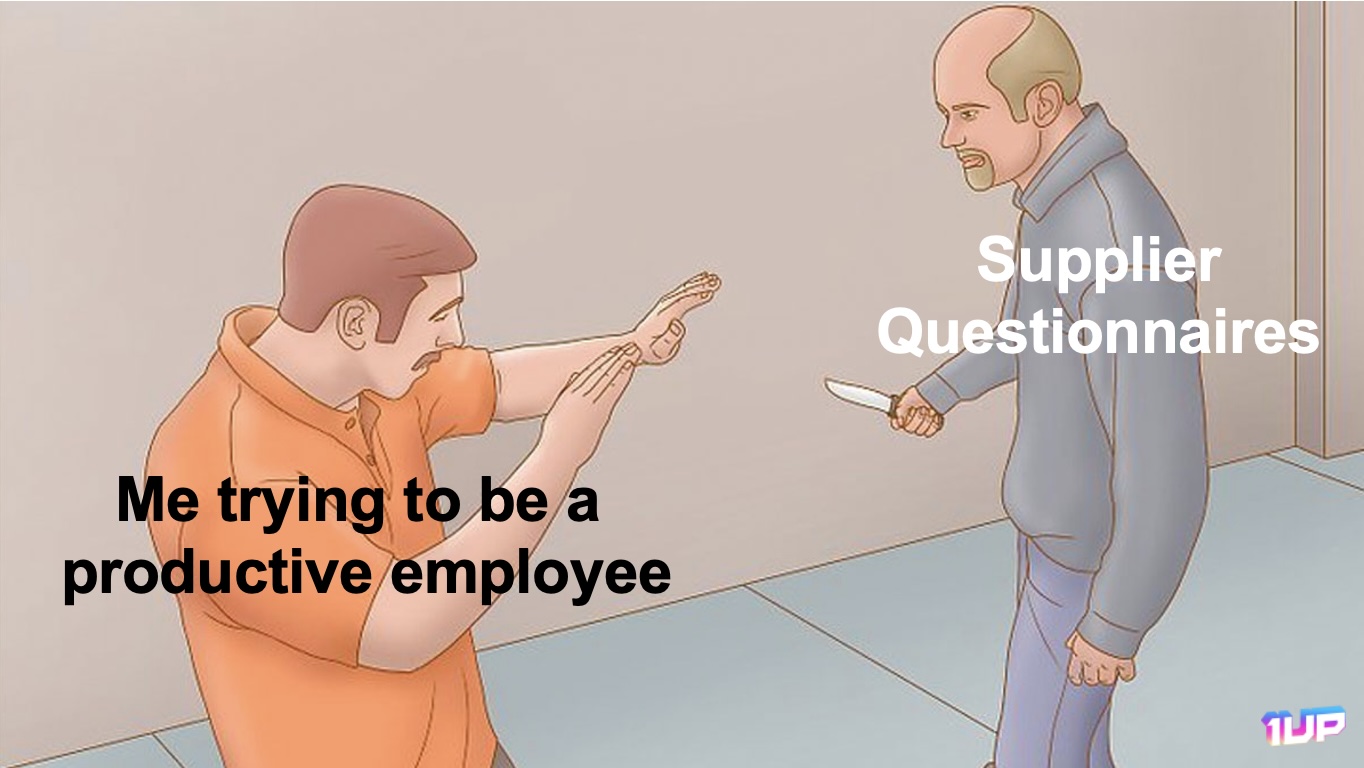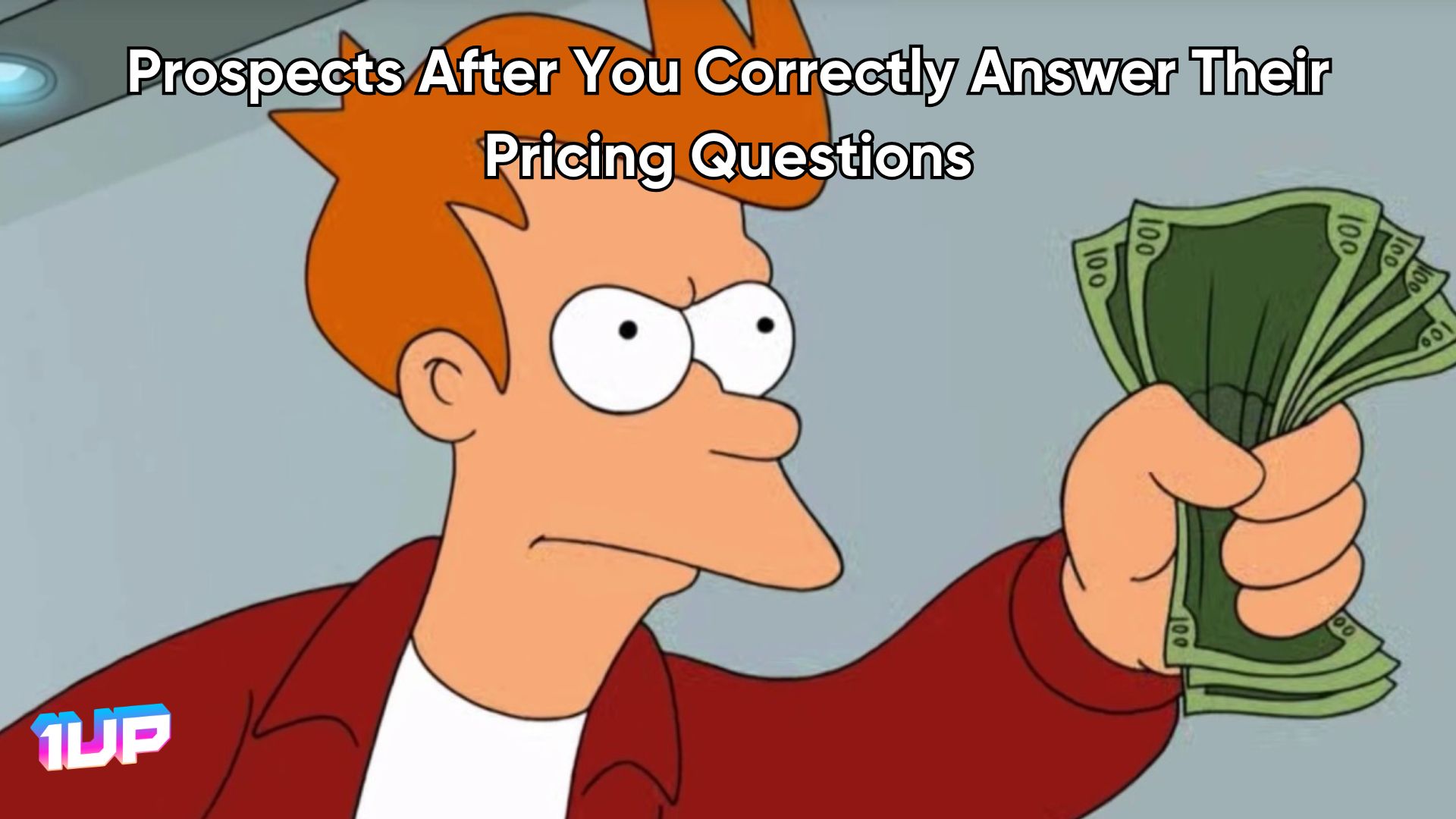You hope to win RFP deals, but for some reason, you keep falling short. It’s tough out there. Competition is cutthroat.
And in many cases, the winners aren’t necessarily the best fit – they’re just the fastest, the clearest, and the most compelling on paper.
The truth?
Winning RFPs is no longer just about having the best offer. It’s about having the smartest process.
Key Takeaways
- Personalizing your proposal is important to help your proposal stand out.
- Businesses need to automate the RFP response process with AI to 10x the speed and get in proposals first.
- Using RFP response software gives your team time to research the important, personal parts of a response that make it stand out.
Why You Aren’t Winning RFPs
Most companies are still relying on outdated, manual methods that slow them down. Others are flooding prospects with generic AI-generated responses that feel like copy-paste jobs. Neither approach wins.
If you want to consistently outbid your competitors, you need a streamlined, AI-assisted workflow that balances speed, personalization, and polish.
But you don’t need to keep losing RFP bids. You just have to figure out how to play the game right. It’s time to get AI on your side and outbid your competition at rates you didn’t think were possible.
So, let’s talk about how to win 2x your RFP win rate and 10x your speed while doing this.
1. Submit Your Proposal First
The RFP may have a deadline.
You may think this deadline means your proposal will be read as long as you get it in by the deadline.
This is adorable. But no.
The reality is that if your proposal is one of the last on the pile, it’s unlikely to get much attention, especially if your competition knows what they’re doing.
This need for speed is perhaps one of the primary reasons to leverage AI. You don’t just want to get your proposal in early. You want to get in your RFP FIRST.

It is simply impossible to beat any competitor who is leveraging AI RFP response software with just humans.
So, yes, personalize, but also use AI like 1up to your advantage to get all those repetitive responses completed 10x faster than a human. Imagine this AI as the best, smartest, fastest sales rep with all the knowledge on your sales team. And this sales rep doesn’t take breaks.
Make your proposal great. And get it in first.
2. Personalize Your Proposal
Failure to personalize is one of the biggest mistakes businesses make when using AI to submit proposals. Most businesses think they can just plug information into AI and use a cookie-cutter response. Submit and move on.
And who can blame them?
That’s how AI started, after all. Many early AI tools felt incredibly robotic, and people got used to using them.
But now we’re leveling up.
No one wants to see some extremely generic, obviously AI response.
When companies review RFPs, they scan through dozens of proposals. If you want yours to stand out from the beginning, you have to personalize it.
In your cover letter, in your executive summary, and in your overview, wow the client with specific, tailored information. What makes you stand out? Why are you proposing this project? What’s the connection?
You can use an RFP software to include:
- Client branding
- Industry-specific details
- Client history
- What makes your products or services stand out to solve their specific pains
- Powerful language that speaks to your industry and company culture
These details will engage your prospect and encourage them to really slow down and actually read through your proposal. This will increase your chances of winning the bid.
3. Address Pain Points
Okay, so you’ve personalized your proposal and you’re leveraging AI RFP response software to get it in first.
What else does your proposal need to win?
Pain points.
They don’t just want RFPs because they like to read RFPs, they have a specific problem they need to solve.

To point out this problem and really resonate with them, you need some familiarity with the client, which is where client research really comes in.
Just like a great lawyer should never ask a question in court they don’t already know the answer to, you should never submit a proposal to a company you don’t know everything about.
Your RFP process should include value propositions, positioning statements, and brand story details that speak to their pain points.
Point to specific issues you know your company’s products or services can address, then show them exactly how you will address those pain points.
4. Prove Your Success
How do you know you can do this job better than anyone else? Because you’ve done it before!
So prove it. Be sure to include that proof in your proposal in the form of your proposal win rate. Provide a section of case studies that draw a clear connection between past work and the success you achieved for past clients.
Visuals are great here, so if you’ve got graphs, diagrams, and specific numbers, this is your chance to show off and build trust at the same time.
On top of that, include testimonials from past or existing clients that love your work and that were in a similar industry and/or had a similar problem to your prospect. You want the potential client to be excited about what kind of results you can get them.
Don’t just say you’re capable, show it. Highlight outcomes, not just deliverables. Demonstrate ROI, cost savings, or growth you enabled. The more tangible, the better.
Use client logos, short success blurbs, and even quotes directly in the body of your winning RFP response. Social proof can tip the scale in your favor.
5. Make Sure It’s Simple to Read and Polished Up Nicely
At the same time, you want your proposal to be simple and clear.
Don’t include:
- A bunch of industry jargon
- Convoluted arguments and explanations
- Long-winded stories
- Technical language only experts can understand
These types of proposals could make you look smart.
But you should know this fact. They. Do. Not. Care.
They want to know what you can do, how, and why it should be you.
Make your case, make it clear, keep it simple, and close out.
Your proposal should be easy to scan and then engaging to read.

And more importantly, make sure everything is accurate in your proposal. It doesn’t matter if your prospect can scan through your proposal if everything looks like it was put together by a sleep-deprived intern at 2 AM.
Few things are worse when reading an application or RFP bid than seeing a bunch of grammar and punctuation errors, or worse, misinformation.
These errors can be one of the biggest problems with using AI to help win RFP deals. If your proposal sounds like a bad auto-translate, you’re in trouble.
If it hasn’t been thoroughly revised, you can almost guarantee your RFP win rate will be rock bottom. And unfortunately, most AIs have a huge issue with this since they hallucinate answers and use language incorrectly.
Now, you may have a winning proposal, but you will lose the trust of the potential client because you’ll just look like you didn’t put effort into the RFP.
So, make sure all the information you include in your proposal is accurate and that it has been proofread thoroughly.
And once you think it’s ready to go, hand it off to a trusted team to run through one more time.
6. Follow Up Strategically
Submitting your proposal isn’t the final step. By far. It’s just the beginning. Too many businesses hit “send” and then sit back, hoping for the best.
Don’t make that mistake.
Following up shows initiative, professionalism, and genuine interest in the client’s needs.
About a week after submission (or sooner if the deadline is tight), send a short, thoughtful follow-up email. Don’t just ask if they’ve read it.
Add value.
You can briefly reinforce your key differentiators, address a new insight you’ve uncovered about their business, or offer to hop on a quick call to answer questions.
Use this opportunity to re-personalize. Reference something in their original RFP that connects with a strength you didn’t fully highlight in your proposal. This can help fill in any gaps and remind them that you’re engaged and invested.
Even better, automate parts of your follow-up with AI to track when proposals are opened and schedule timely nudges. A well-timed, relevant follow-up will push you into the winning spot.
How AI Can Help Skyrocket Your RFP Win Rate in Less TimeRate in Less Time
Now, how do you use AI to help you with these best practices?
First, you want to make sure you’re using AI RFP response software that has a reputation for success.
1up is the most robust (yet, simple to use) software on the market. We will centralize a Knowledge Base for you from your trusted sources.
In short, you’ll connect all of your company documents on sales, products, compliance, and security, as well as past RFP responses, to that Knowledge Base.
Book a demo to see for yourself now.
Then, our AI will be able to pull accurate data, using context, from that Knowledge Base and respond to the RFP in seconds (with sources from where the information is from).
1up will also be able to proofread your document for you and ensure the responses are both precise and unique. So it won’t look like a cookie-cutter document.
From there, your team can use the same software to pull relevant case studies, testimonials, and data that prove your company is the ideal competitor. Our AI will speed up this process by up to 1,000%.
You’ll save hours, if not days, responding to RFPs. Then, you can hand the completed RFPs for the final polishes. From there, your sales reps can add any missing information and include pain points and more personalization.
Using this approach, you’ll be sure to get your compelling proposal in first, and it will be an RFP success.
Closing Thoughts
In the end, you can win 2x as many RFP bids 10x faster when you leverage the right AI response software. The key is to personalize, be professional and accurate, and ensure it’s polished, clear, and simple. It’s hard to get all this done by humans alone and be first in line.
While there are many options out there for automated RFP response software, few of them can do what 1up can do.
1up will connect to your trusted sources with all of your original documents, respond to your RFPs in rapid time, and even proofread everything for you. And you’ll maintain control of your secure data the entire time.
You’ll win more proposals in record time with 1up, and you never have to worry about hallucinations, inaccuracies, or missed context.
Want to see for yourself? Try 1up free today.
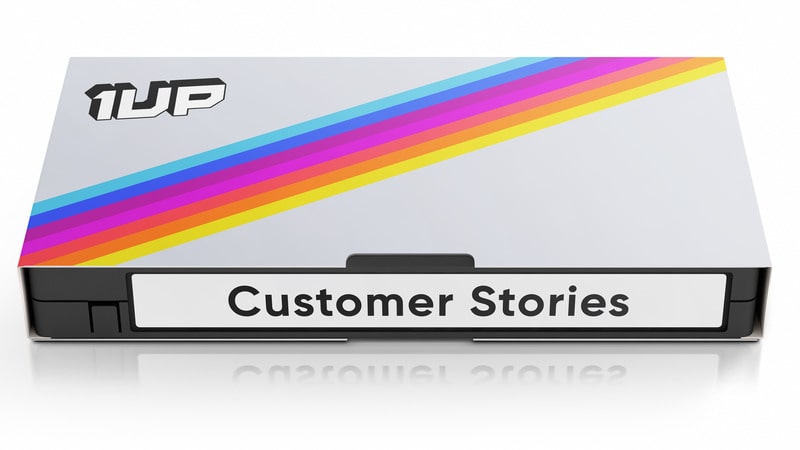

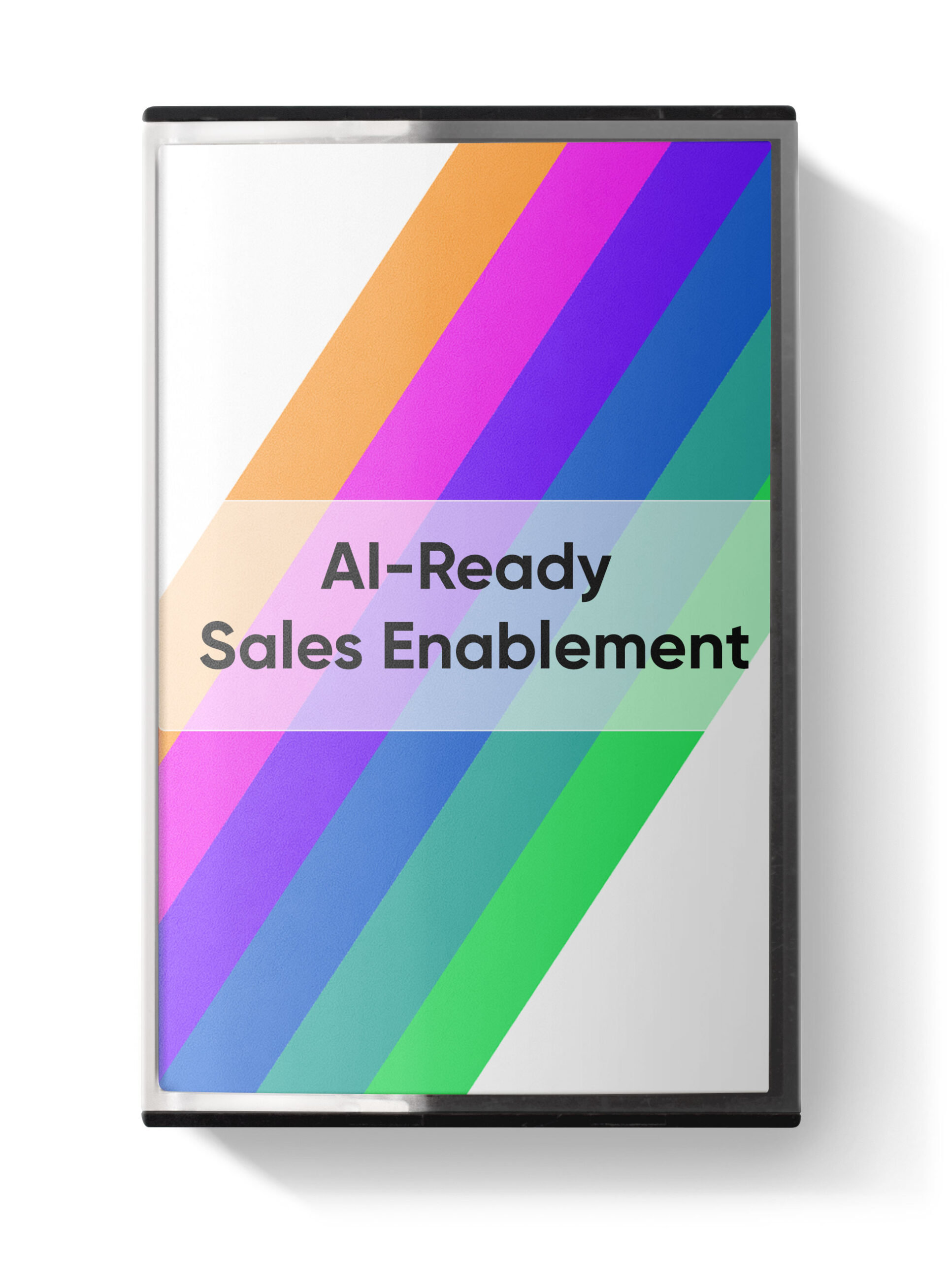
 Instagram
Instagram 



